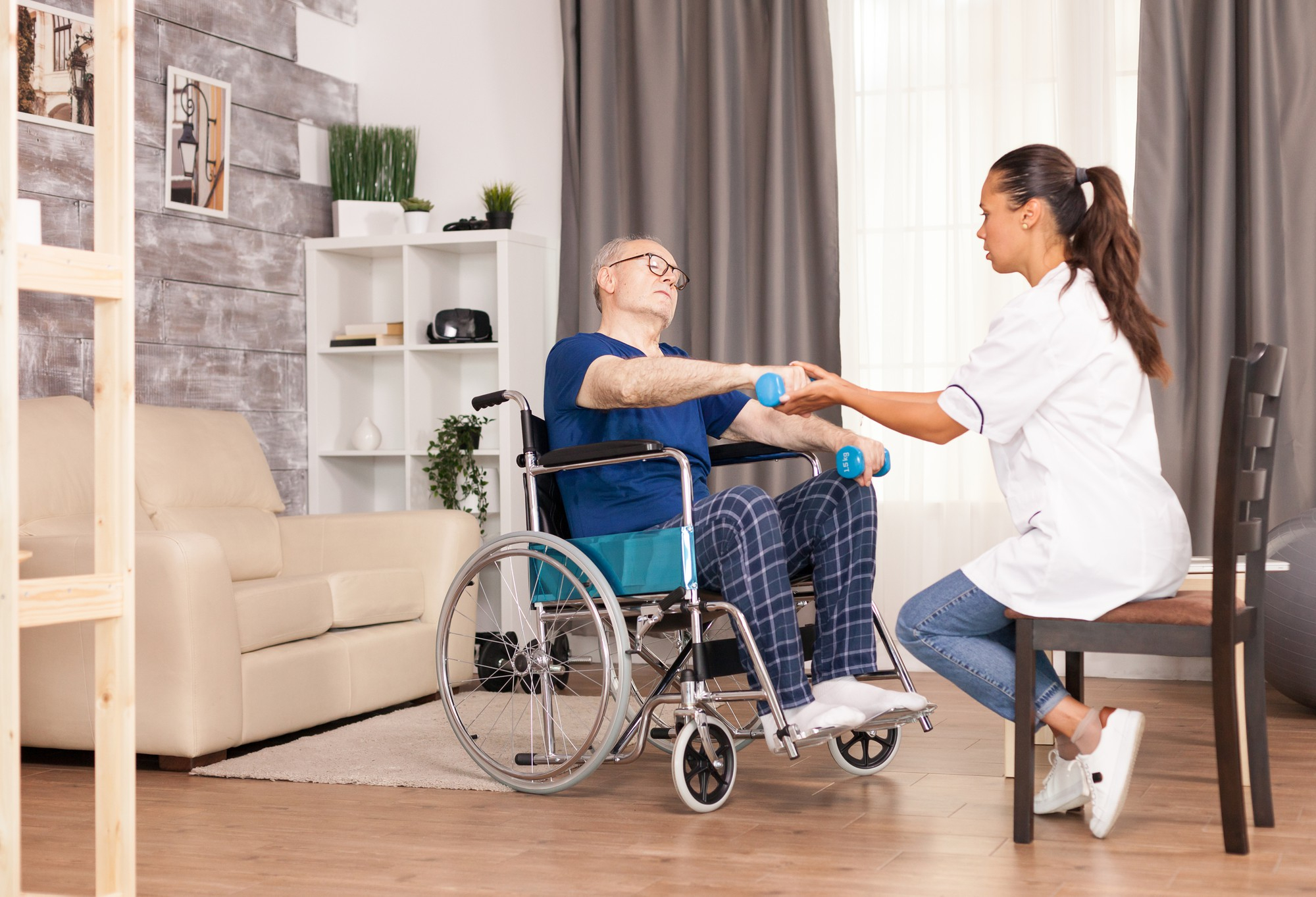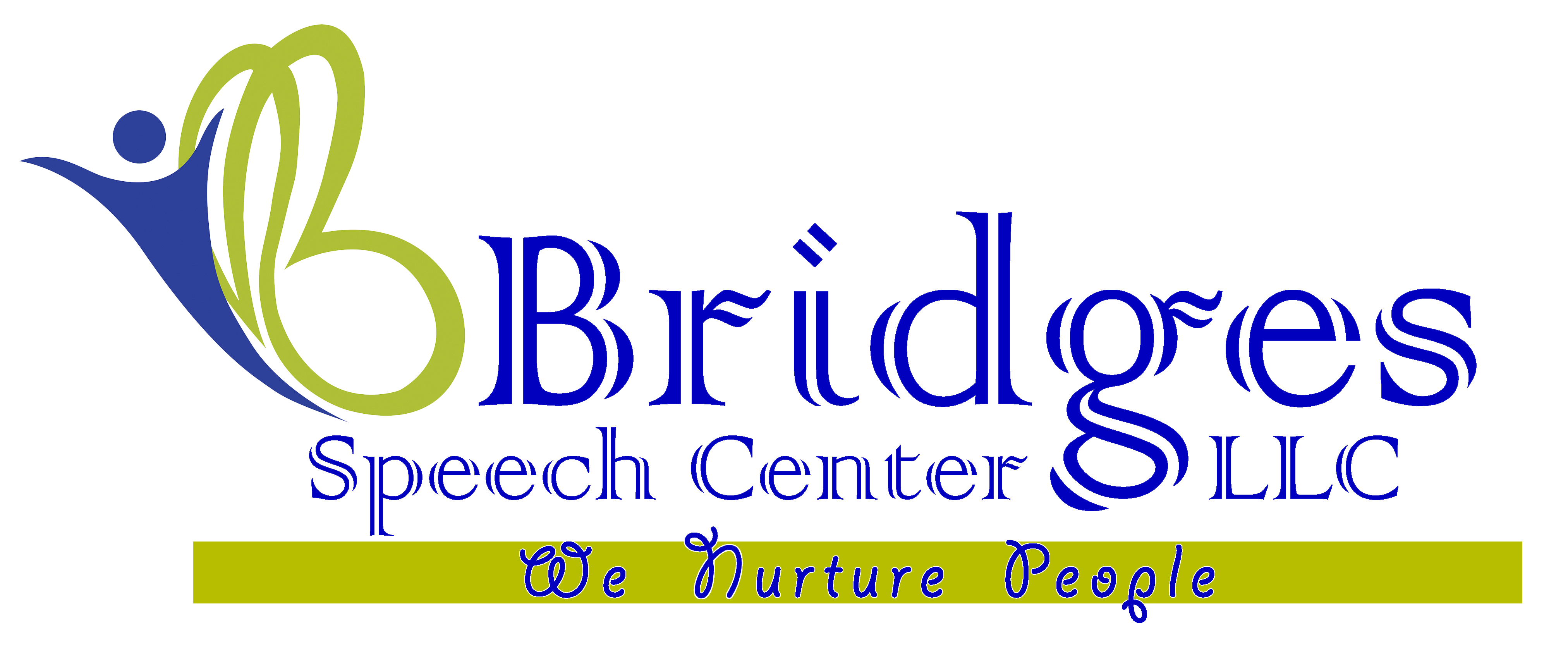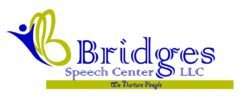
Life after spinal cord injury can feel like stepping into uncharted territory but modern rehabilitation science and compassionate care make the path forward brighter than ever. Whether you are learning new ways to move, speak or simply enjoy daily routines, Dubai offers world-class resources. At Bridges Speech Center clients combine specialized physiotherapy and speech services with convenient physio at home in Dubai to start healing where they feel safest. For those who need cutting-edge modalities our therapists integrate physiotherapy laser treatment to accelerate tissue repair and pain relief.
Early intervention matters. People pursuing life after spinal cord injury often deal with muscle tightness, posture changes and voice difficulties. Our team blends orthopedic physical therapy for joint alignment, sports physiotherapy for strength and precise spinal manipulation at home to optimize nervous system input. When articulation or swallowing is affected our integrated speech therapy in Dubai program keeps communication goals on track.
Each program is coordinated under the same roof. So families spend less time scheduling and more time celebrating wins. Visit Bridges Speech Center to meet a multidisciplinary team ready to tailor care to the exact level of injury, personal goals and cultural preferences.
Table of Contents
ToggleUnderstanding the Injury: Complete vs Incomplete Spinal Cord Injury
Before exploring daily life after spinal cord injury, it helps to grasp how neurologists classify damage:
- A complete vs incomplete spinal cord injury distinction tells doctors whether any messages still travel past the injured segment.
- An incomplete spinal cord injury means some motor or sensory function remains, opening extra avenues for recovery.
- Specialists further describe types of incomplete spinal cord injury such as anterior cord, central cord and Brown Sequard syndromes. Knowing the subtype guides therapy goals and realistic timelines.
Because no two bodies respond identically, your rehabilitation team will use imaging, reflex testing and functional assessments to refine the plan and track milestones.
Early Milestones: Signs of Recovery From Spinal Cord Injury
Families often ask which improvements suggest the spine is healing. Common signs of recovery from spinal cord injury include:
- Return of deep tendon reflexes below the lesion level.
- Tingling or “pins and needles” sensations indicating new nerve signals.
- Gradual strength gains in muscles that were initially flaccid.
These signs of recovery from spinal cord injury may appear weeks or months apart. Celebrate every small victory-standing two seconds longer or swallowing without coughing as each is proof the nervous system can rewire.Therapists document objective signs of recovery from spinal cord injury so adjustments in load, repetitions or assistive devices happen at the perfect pace.
The Heart of Healing: Spinal Cord Injury Rehabilitation
High quality spinal cord injury rehabilitation blends medical oversight with goal-driven therapy. At Bridges Speech Center sessions integrate the following pillars:
Physiotherapy for Spinal Cord Injury
Intensive physiotherapy for spinal cord injury builds strength while preventing atrophy, contractures and pressure sores. Evidence shows that three hours of targeted exercise five days per week can double walking potential compared with standard care. Our clinicians combine mat work, aquatic sessions and resistance machines designed for wheelchair users.
Laser and electrical stimulation enhance muscle firing and manual stretching maintains joint health. Because physiotherapy for spinal cord injury often coincides with pain. Therapists teach pacing and breathing strategies to keep workouts productive but safe.
Spinal Cord Injury Physical Therapy Techniques
While the phrases overlap spinal cord injury physical therapy zeroes in on gait retraining, balance and cardiovascular fitness. Treadmill based body weight support allows earlier upright practice, while upper limb ergometers boost heart health. When bedrest is unavoidable therapists use passive cycling devices so clients still receive the aerobic benefits of spinal cord injury physical therapy.
Cutting-edge robotics add motivation. Research from 2024 found that patients training with exoskeletons during spinal cord injury physical therapy walked 40 percent farther at discharge than those receiving conventional care alone.
Occupational and Speech Collaboration
Occupational therapists teach dressing, grooming and wheelchair transfers adapting kitchens or classrooms to prevent overuse injuries. Speech-language pathologists address respiration, swallowing and vocal projection skills many people overlook until they change. This whole person model ensures life after spinal cord injury is not only mobile but communicative and self directed.
Managing Spinal Cord Injury Complications
Secondary issues can derail progress if not anticipated. Common spinal cord injury complications include urinary tract infections, autonomic dysreflexia, spasticity and osteoporosis. Proactive steps include:
- Scheduled bladder and bowel programs.
- Regular skin checks and pressure relief cushions.
- Vitamin D and weight-bearing routines to fight bone loss.
Because therapy teams screen daily emerging spinal cord injury complications are treated quickly preventing hospitalization and lost training time. Consistent education empowers families to recognize warning signs and call for help before spinal cord injury complications escalate.
Thriving Day to Day: Practical Tips
Wheelchair Skills and Accessibility
Navigating Dubai’s malls or metro stations becomes easier with strong wheelchair skills. Practice tight turns, curb climbs and elevator etiquette early so community outings feel routine.
Fitness Beyond Rehab
Physical activity remains vital long after formal spinal cord injury rehabilitation ends. Adaptive yoga, hand cycling along Kite Beach or seated boxing classes keep circulation high and mood upbeat. Many gyms now hire trainers certified in spinal cord injury physical therapy principles allowing safe progression.
Mental Health and Relationships
Depression affects nearly 40 percent of people adjusting to life after spinal cord injury. Schedule social outings, join online peer groups and consider cognitive behavioral therapy if motivation dips. Loved ones should ask open ended questions like “How can I help today?” rather than assuming needs.
Choosing the Best Treatment for Spinal Cord Injury in Dubai
What counts as the best treatment for spinal cord injury varies by age, injury level and personal goals. Consider these criteria:
- Multidisciplinary expertise under one roof.
- Access to advanced technology like robotic gait devices and laser therapy.
- Home-based options for days when travel is impossible.
Bridges Speech Center meets all three offering customized programs regarded by many physicians as the best treatment for spinal cord injury in the region. Clients appreciate the seamless transition from hospital discharge to community re-entry calling it the best treatment for spinal cord injury pathway for maintaining momentum.
Looking Ahead: Research Brings New Hope
Scientists are testing stem cell implants, epidural electrical stimulation and brain computer interfaces. Trials targeting specific types of incomplete spinal cord injury already show hand-grip improvements previously thought impossible. Staying informed allows you to discuss eligibility with your care team.
Final Thoughts
Your journey through life after spinal cord injury is unique yet you never walk it alone. With evidence based therapy, vigilant complication management and family support, independence can grow month by month. Bridges Speech Center is ready to guide each step. Schedule a consultation today with Bridges.
Frequently Asked Questions
Can an incomplete spinal cord injury heal completely?
Some people with an incomplete spinal cord injury regain most function. But outcomes depend on injury level, timely rehab and overall health.
How long does intensive spinal cord injury rehabilitation last?
Most programs run three to six months followed by lifelong exercise guided by physiotherapists.
Are robotic exoskeletons safe during physiotherapy for spinal cord injury?
When supervised by certified clinicians, exoskeletons provide consistent gait practice and have a strong safety record.
What are common types of incomplete spinal cord injury?
Central, anterior, posterior and Brown-Séquard syndromes are the main types of incomplete spinal cord injury described in medical literature.


